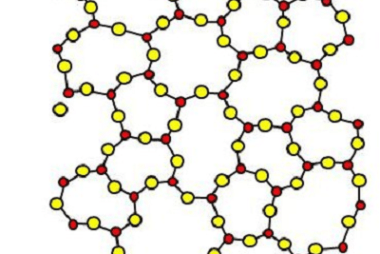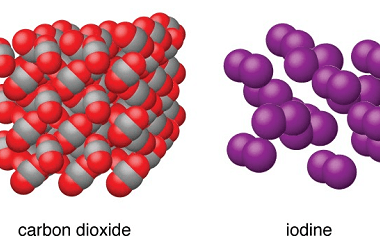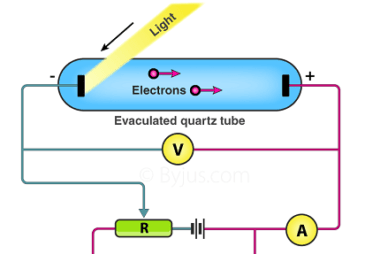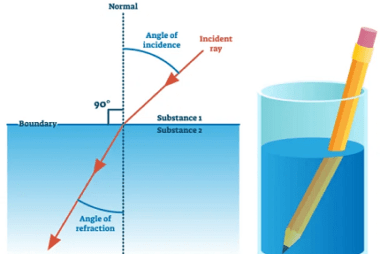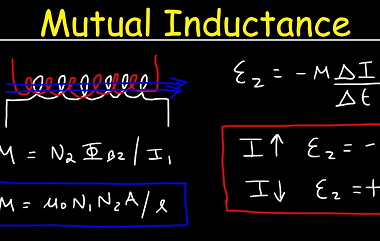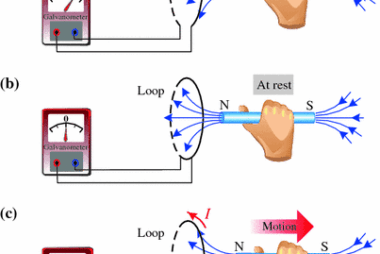Advance Course AIIMS-SYLLABUS Chemistry syllabus Colloid Properties
Colloid Properties Colloid properties refer to the characteristics and behaviors exhibited by colloidal systems. Colloids are heterogeneous mixtures in which particles (dispersed phase) are evenly distributed within a continuous medium (dispersion medium). Here are some key properties of colloids: Understanding the properties of colloids is essential in various scientific and technological applications, including medicine, materials…




